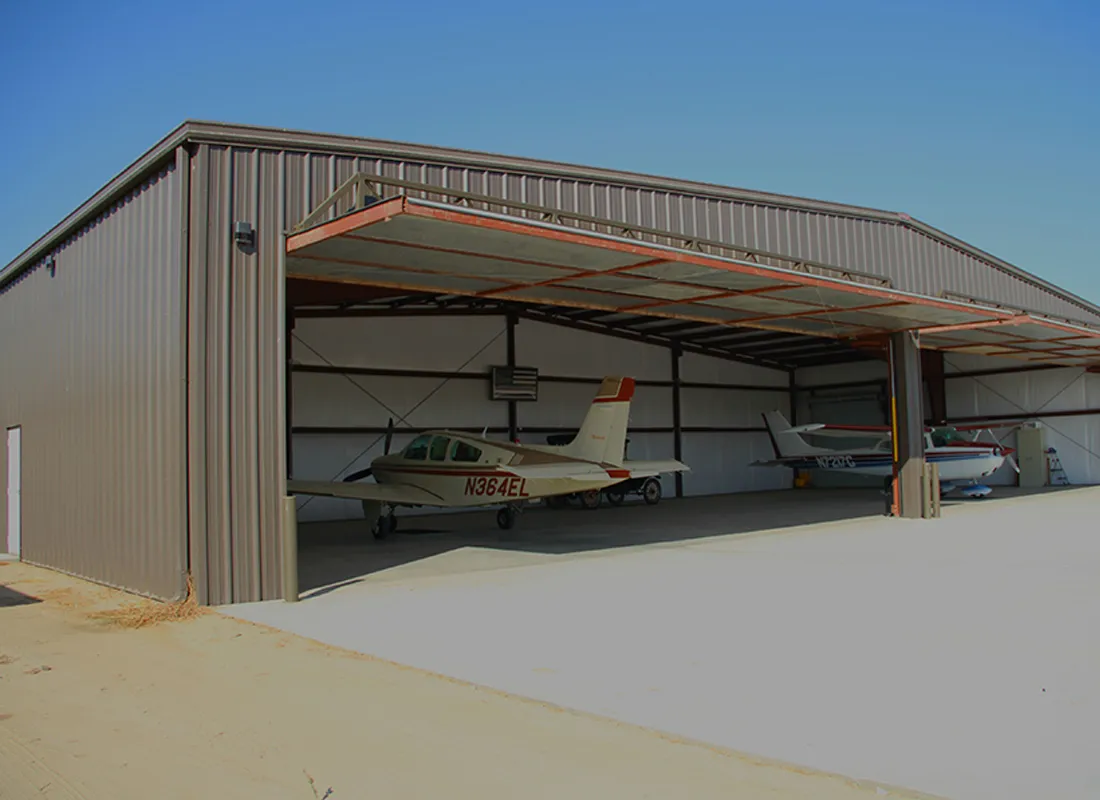- Afrikaans
- Albanian
- Amharic
- Arabic
- Armenian
- Azerbaijani
- Basque
- Belarusian
- Bengali
- Bosnian
- Bulgarian
- Catalan
- Cebuano
- Corsican
- Croatian
- Czech
- Danish
- Dutch
- English
- Esperanto
- Estonian
- Finnish
- French
- Frisian
- Galician
- Georgian
- German
- Greek
- Gujarati
- Haitian Creole
- hausa
- hawaiian
- Hebrew
- Hindi
- Miao
- Hungarian
- Icelandic
- igbo
- Indonesian
- irish
- Italian
- Japanese
- Javanese
- Kannada
- kazakh
- Khmer
- Rwandese
- Korean
- Kurdish
- Kyrgyz
- Lao
- Latin
- Latvian
- Lithuanian
- Luxembourgish
- Macedonian
- Malgashi
- Malay
- Malayalam
- Maltese
- Maori
- Marathi
- Mongolian
- Myanmar
- Nepali
- Norwegian
- Norwegian
- Occitan
- Pashto
- Persian
- Polish
- Portuguese
- Punjabi
- Romanian
- Russian
- Samoan
- Scottish Gaelic
- Serbian
- Sesotho
- Shona
- Sindhi
- Sinhala
- Slovak
- Slovenian
- Somali
- Spanish
- Sundanese
- Swahili
- Swedish
- Tagalog
- Tajik
- Tamil
- Tatar
- Telugu
- Thai
- Turkish
- Turkmen
- Ukrainian
- Urdu
- Uighur
- Uzbek
- Vietnamese
- Welsh
- Bantu
- Yiddish
- Yoruba
- Zulu
تشرینی یەکەم . 15, 2024 18:21 Back to list
Understanding the Costs of Prefabricated Warehouses
In recent years, the construction industry has seen a significant shift towards prefabricated structures, particularly in the warehousing sector. Prefabricated warehouses offer numerous advantages, including cost-effectiveness, rapid construction times, and sustainability. However, understanding the costs associated with these structures is crucial for businesses considering this option for their storage needs.
What is a Prefabricated Warehouse?
A prefabricated warehouse is a building that is constructed off-site in sections or modules that are then transported to the location for assembly. This method streamlines the construction process, typically resulting in lower labor costs and a quicker completion time compared to traditional on-site construction. Prefabricated warehouses can be used for various purposes, from inventory storage to distribution centers.
Factors Affecting the Cost of Prefabricated Warehouses
1. Design and Specifications The initial cost of a prefabricated warehouse largely depends on its design, size, and specifications. Customizations such as insulation, flooring, and specific size requirements can increase the overall price. Businesses looking for unique features will need to budget accordingly.
2. Materials Used The choice of materials plays a significant role in determining costs. Steel is commonly used for its durability and strength; however, fluctuations in steel prices can impact the final cost. Alternative materials like wood or composite materials may provide a more economical option, depending on the specific needs of the warehouse.
3. Site Preparation and Foundation Before the prefabricated structure can be assembled, adequate site preparation and a proper foundation must be established. This includes clearing the land, leveling the ground, and pouring a concrete slab. These preliminary steps can significantly add to the overall cost.
prefabricated warehouse cost

4. Transportation and Assembly Once the components are manufactured, they need to be transported to the construction site. Distance, accessibility, and transportation logistics can affect shipping costs. Additionally, assembly may require skilled laborers, which can vary in price based on location and availability.
5. Utilities and Other Installations If the warehouse requires utilities such as electricity, plumbing, or heating and cooling systems, this will incur additional costs. Each utility installation depends on local regulations and the complexity of the systems required.
Cost Comparisons Prefabricated vs. Traditional Warehouses
On average, prefabricated warehouses can cost 15-25% less than their traditionally built counterparts. The savings come from reduced labor costs, shorter construction timelines, and less waste generated during the building process. However, potential buyers must also consider the total cost of ownership, including maintenance, energy efficiency, and long-term durability.
Why Choose a Prefabricated Warehouse?
The benefits of prefabricated warehouses extend beyond mere cost savings. The construction time is significantly reduced, meaning businesses can start operations sooner, which can be critical in competitive markets. Moreover, many prefabricated warehouses are designed with sustainable practices in mind, allowing companies to reduce their carbon footprint and invest in environmentally friendly solutions.
Conclusion
Investing in a prefabricated warehouse can be a savvy decision for businesses seeking to optimize their storage solutions. While initial costs can vary based on several factors, the overall benefits—both financial and operational—make prefabricated options highly appealing. By understanding the nuances of prefabricated warehouse costs, businesses can make informed decisions that align with their logistical needs and financial goals. Ultimately, prefabricated warehouses provide a compelling, cost-effective alternative to traditional construction methods, shaping the future of industrial storage solutions.
-
Cold Formed Steel Residential Framing
NewsMay.21,2025
-
Innovative Steel Structure Building Solutions
NewsMay.19,2025
-
Innovative Prefab Metal Shed Solutions
NewsMay.19,2025
-
Durable Steel Horse Shelter Solutions
NewsMay.19,2025
-
Durable Metal Shed Solutions
NewsMay.19,2025
-
Durable Big Metal Shed Solutions
NewsMay.19,2025
Products categories
Our Latest News
We have a professional design team and an excellent production and construction team.












